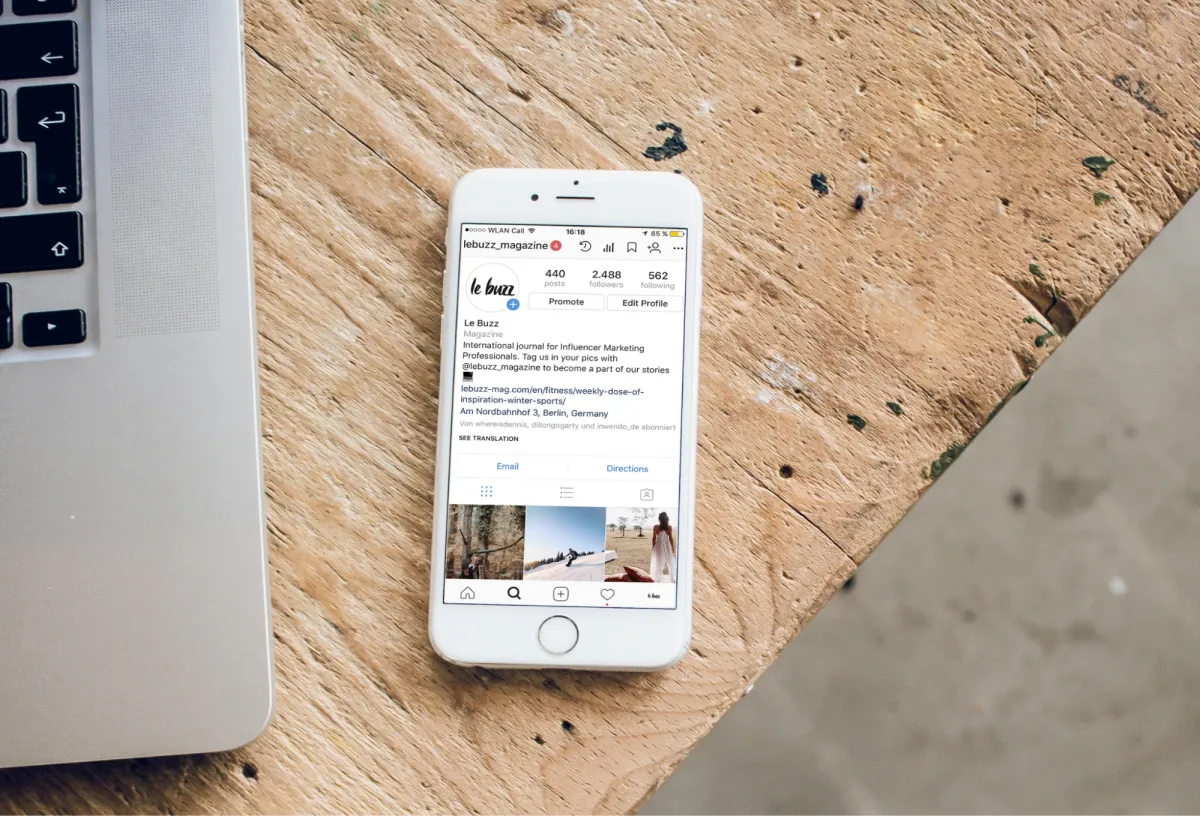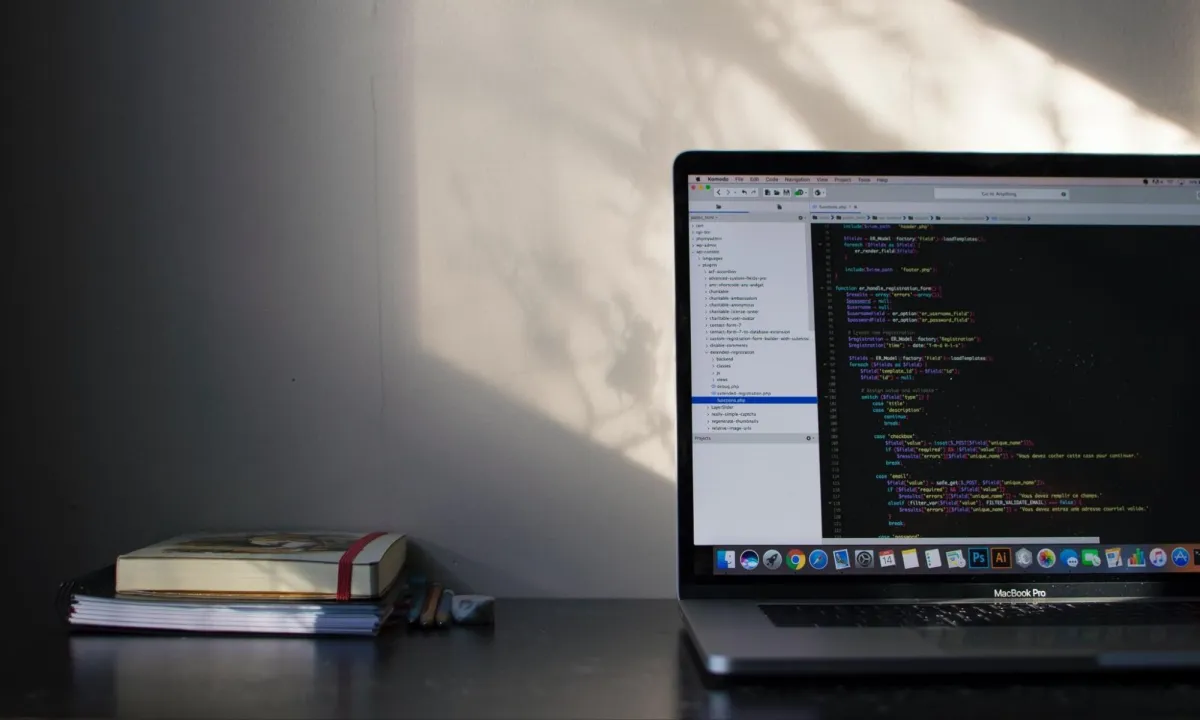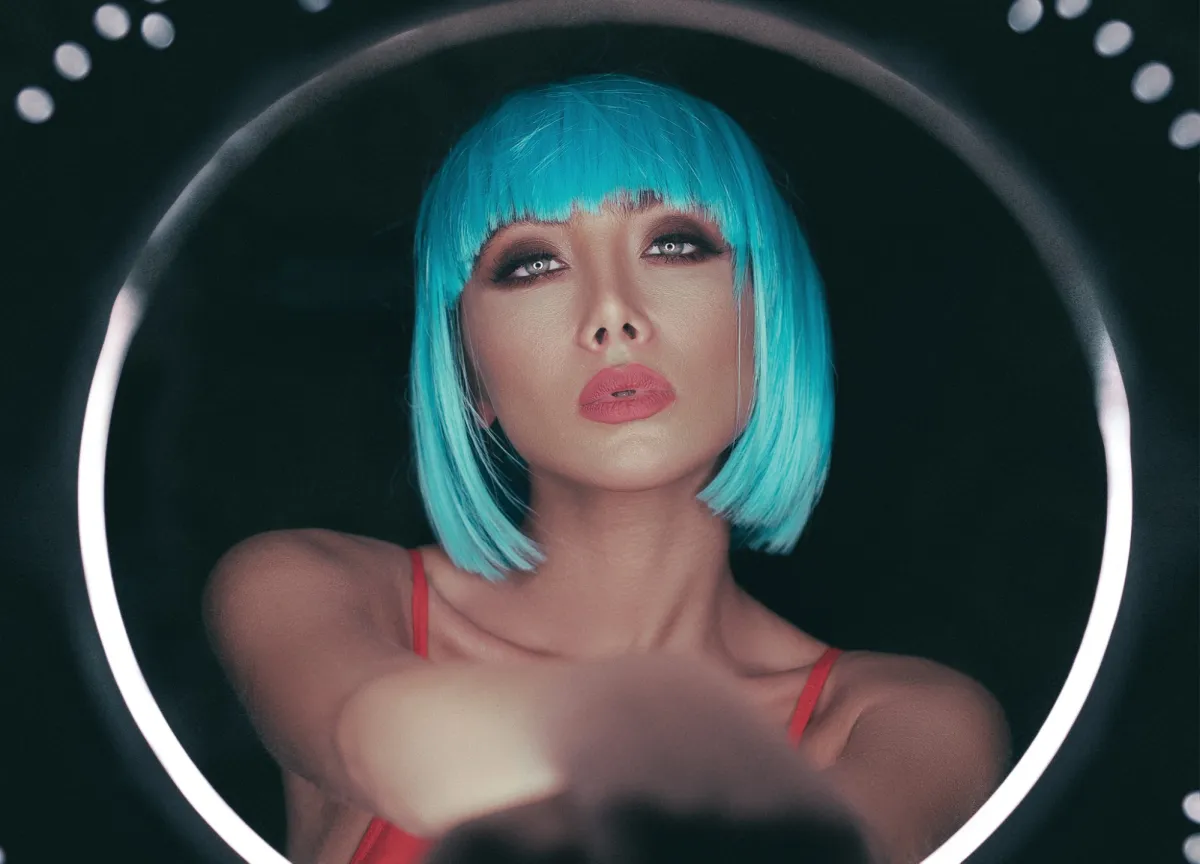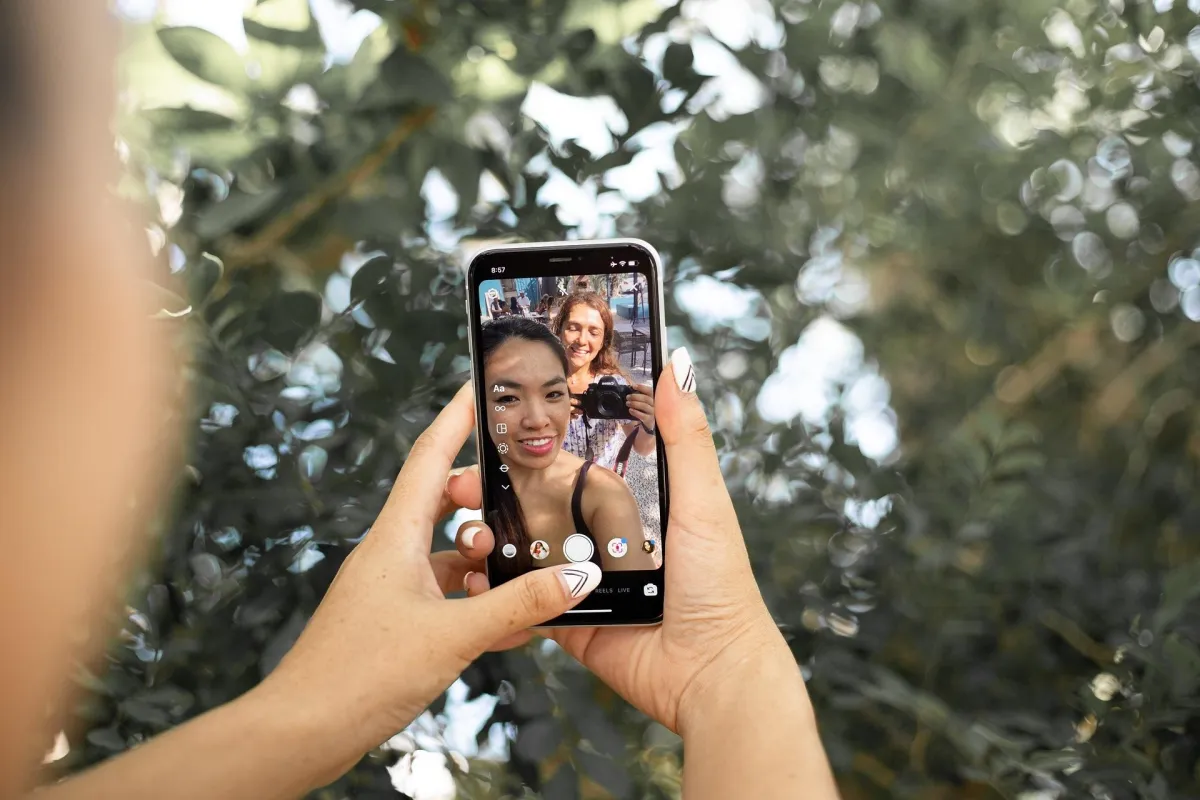7 Ways to Use the Link in Bio on Instagram to Build Your Brand
Build brand awareness effectively through your Instagram account by optimizing the use of the Link in Bio feature. Let us teach you how.

Build brand awareness effectively through your Instagram account by optimizing the use of the Link in Bio feature. Let us teach you how.

Email marketing is a great way to get your business or brand out there. Keep reading for a guide on everything you need to know.

Reviews from current customers help future customers to find you and select your business. Use reviews to your advantage to grow your business.

Web3 is the latest buzzword in tech companies

Virtual influencers are increasingly being used by the world’s leading brands as it’s expected that they will expand further and dominate the online marketing landscape in the years to come.

Bear in mind that the websites that you decide to use video marketing on will depend on where your target audience is